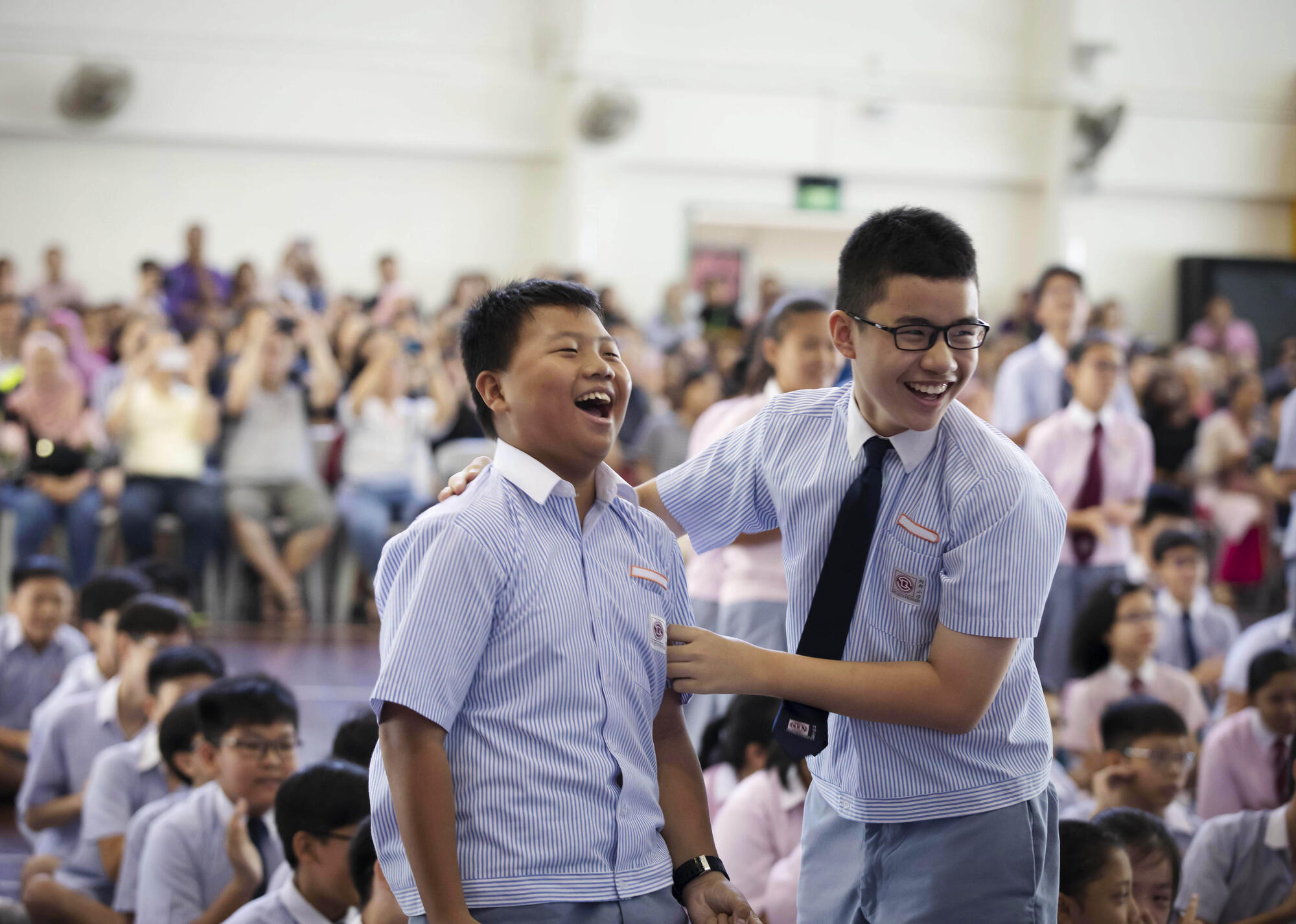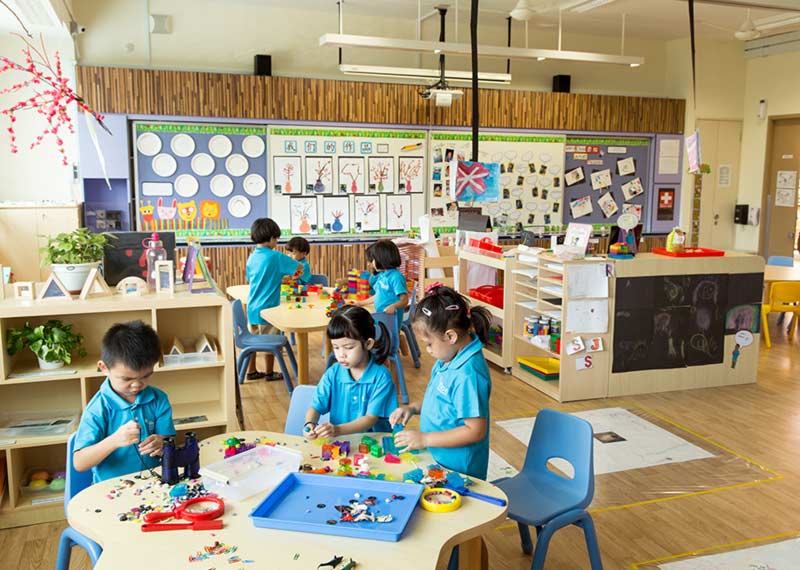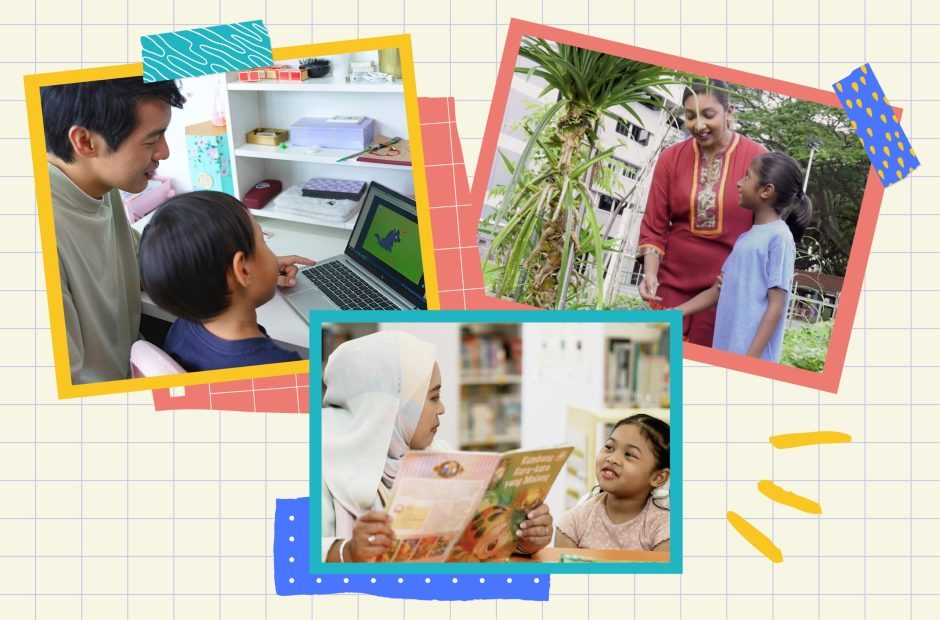It’s non-examinable in Primary School, so why bother?
We want our children to be prepared for life ahead of them, not just for the next exam or result slip. Through Social Studies, our children can develop skills which are increasingly prized by employers today such as critical and reflective thinking skills. They also learn to recognise and respect multiple perspectives. At the Primary level, it lays the foundation for the learning of humanities subjects that they will take in Secondary School.
Children learn best when they’re having fun, and we can easily get involved. Here are some ways you can to help your child!
The power of personal stories
Telling stories is a great way to spark your children’s curiosity and interest them in thinking about issues related to Singapore and the world they live in. Personal stories are particularly powerful. When told through the eyes of another, facts and information come alive.
If you have memorabilia from your childhood or teenage years, such as key chains, trophies or medals, it is time to dig them out! These items are great starting points for you to talk to your children about how life was in the past and how it might be similar or different today. Find those old school yearbooks to show pictures of school buildings and uniforms or share about games you used to play during recess.
Not used to telling stories? Fret not. Start with simple, basic facts, such as the name of your school and slowly include details that you personally find interesting. You might be surprised by what you can remember! It’s a great bonding activity that also lets your share life lessons that you want to pass on to them. Chances are, they will enjoy listening to you.
Keep calm and read
Reading gives us an insight into the world that we live in. Through storybooks about history and culture, children learn about the cultural practices of different communities. Colourful illustrations and easy-to-digest information appeal to the imagination of children and help to enrich their learning. These topics are also covered in the Social Studies curriculum, such as the various ancient civilisations as well as cultures and traditions of diverse communities in Southeast Asia. Why is this important? In a globalised world, our children will interact with others from different backgrounds and we need to broaden their awareness and appreciation of various cultures.
Check out the Children’s Section of the National Library, which has a wide variety of storybooks that are informative and engaging. If you’re not sure where to begin, here’s a recommended list of storybooks on history and culture to get you started.
Plan a fun day out
With the June school holidays around the corner, you can plan a fun day out (or two) with your children. Take them on heritage trails at places like Little India, Kampong Glam, Balestier and the Singapore Botanic Gardens, and pick up fun facts along the way. For example, did you know that Little India was once home to New World Amusement Park, one of the first three amusement parks in Singapore? Or that Balestier was first developed as a sugarcane plantation in the mid-19th century by an American consul called Joseph Balestier?
There’s no need to try and plan a heritage trail from scratch, because the National Heritage Board has developed fuss-free printable resources, packed with fun facts and simple activities that your children can complete during the trail itself.
Heritage trails are authentic learning experiences that are enriching and engaging. Your children might even be familiar with some of them so it’s good to check with them beforehand. There’ll surely be something for your children – and perhaps even for yourself – to learn. Of course, it’s also a chance to do a little shopping along the way! Check out handicrafts and souvenirs or pop by one of the coffee shops to enjoy local food for lunch.
Talk about current affairs
Introduce current affairs to your children by reading the newspaper or watching the news with them. Documentaries for children are also good starting points if you feel that some of the news topics are too difficult for them to understand.
Current affairs are not too complicated for your children. Talking to them about recent issues heightens awareness and interest in events that are taking place in Singapore and around the world. Explain the relevance to their lives and how they can play their part to improve society. For example, a discussion on global warming can prompt them to think about how they can protect and care for the environment.
Encourage them to think through what they have read, listened to or watched and get them to reflect and form their own opinions. Ask your children to share their views and reasoning before discussing other possible perspectives. This will help them construct their own understanding of the world.
Depending on your children’s readiness, you can start with straightforward topics before moving on to more complex ones. The main idea is to provide your children with opportunities to share their thoughts and feelings. This will help them understand, participate in, and make informed decisions about their world.
Children are innately curious and love to discover why things are the way they are. So go with their natural curiosity and enthusiasm, and get them thinking about real-life issues that concern them.
Watch this video to find out what your children are learning in Social Studies, and how you can support them in Secondary School.
Information on other trails to explore can also be found in National Heritage Board’s portal.






